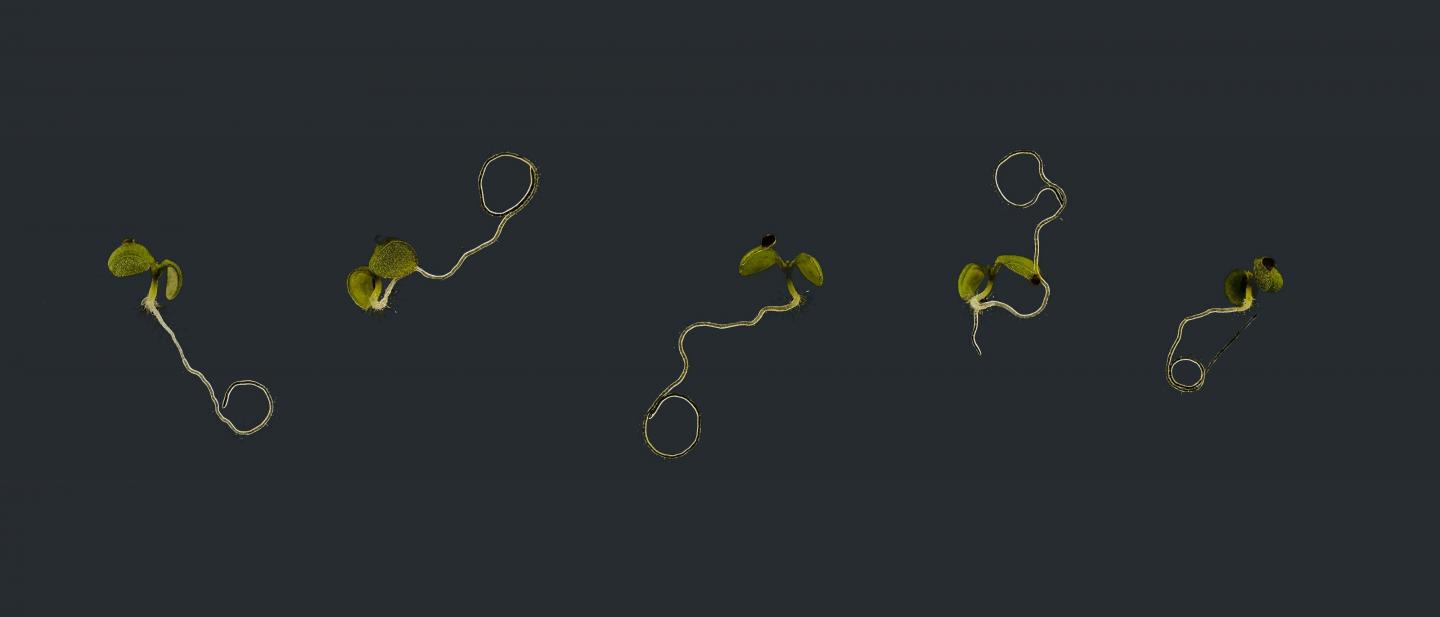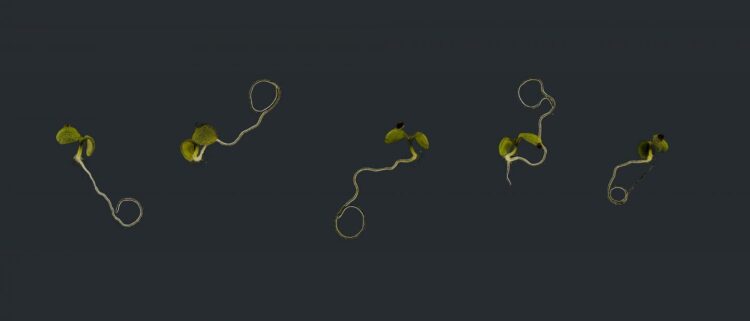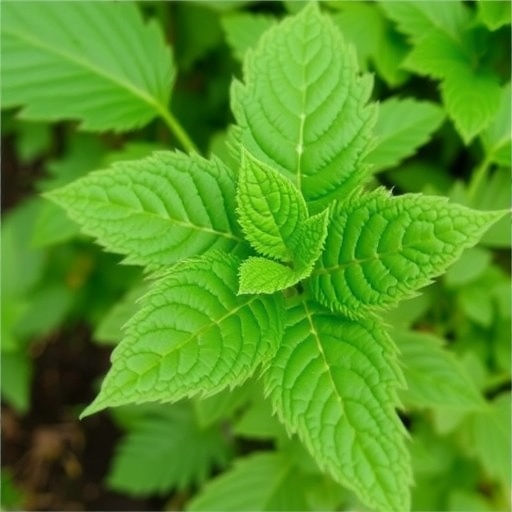Molecular mechanisms of polar growth in plants

Credit: U. Hammes / TUM
Plants grow towards the light. This phenomenon, which already fascinated Charles Darwin, has been observed by everyone who owns houseplants. Thus, the plant ensures that it can make the best use of light to photosynthesize and synthesize sugars. Similarly, the roots grow into the soil to ensure that the plant is supplied with water and nutrients.
These growth processes are controlled by a hormone called “auxin”, which plays a key role in the formation of polarity in plants. To do this, auxin is transported in the plant body polar, from the shoot through the plant body into the roots. In this process, a family of polar transport proteins distributes the auxin throughout the plant. To better understand this process, the research team investigated it in more detail with the help of a chemical.
How the herbicide naptalam works
Scientists around the world are studying transporter proteins in more detail due to their central role in plant development processes. Naptalam (NPA) is an important tool to elucidate the structure of the transporters.
Naptalam is the registered name of Napthylphphthalic acid. It inhibits the directional flow of auxin, thus severely inhibiting plant growth. It was used in in the European Union until 2002, and the sodium salt of naptalam is still used in the USA as a pre-emergence herbicide to control broadleaf weed in cucurbits and nursery stock.
“We wanted to know how naptalam exerts its effects,” says PD Dr. Ulrich Hammes, the study’s principal investigator. “Our studies show that the activity of the auxin transporters is really completely shut down by the inhibitor.” When NPA binds to the transporter proteins, auxin can no longer get out of the cell, and thus the plant is no longer able to grow polarly. The roots no longer grow to the center of the earth, and flowers and seed formations are massively disrupted.
An effect of the inhibitor NPA on the activators of the transporters, known as kinases, could be ruled out through collaboration with Claus Schwechheimer, Professor of Plant Systems Biology of at the TUM, where the work was carried out. He explains, “This makes it clear that the inhibitor NPA acts directly on the transport proteins.”
How transport proteins contribute to plant development
“We can now clearly explain the molecular mechanism by which polar plant growth can be disrupted pharmacologically,” says Ulrich Hammes.
The research groups in Vienna were able to show that naptalam not only binds the transporters, but also prevents the transporters from binding to each other. “This mechanism of binding to each other seems to apply universally in the family of auxin transporters, as we observed the effect in all transporters studied,” says Martina Kolb, first author of the study.
Better understanding of molecular relationships
Overall, the study provides a significant step forward in understanding the mechanism of the molecular machinery of plant polarity. The new findings make it possible to study polar growth more precisely and to understand the molecular mechanism of auxin transport.
###
At the TUM School of Life Sciences in Weihenstephan, researchers are therefore now working further in depth to caracterize polar auxin transport processes. “We hope to be able to better understand plant growth movements through this mechanism,” says Ulrich Hammes.
Media Contact
PD Dr. Ulrich Hammes
[email protected]
Original Source
https:/
Related Journal Article
http://dx.






